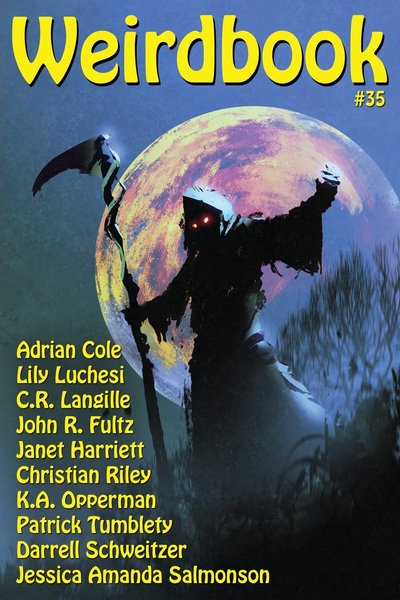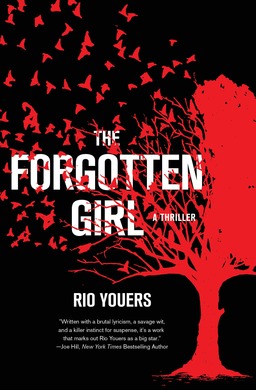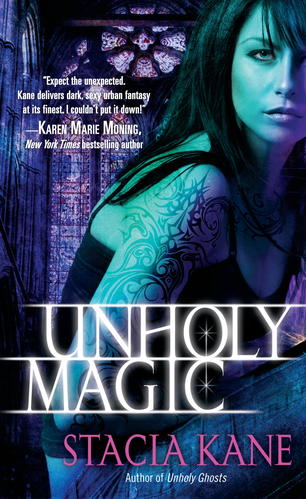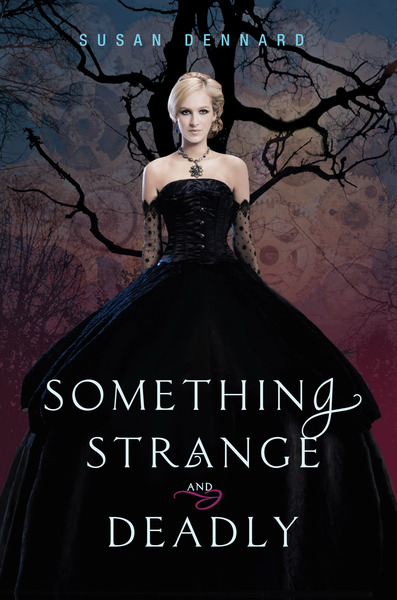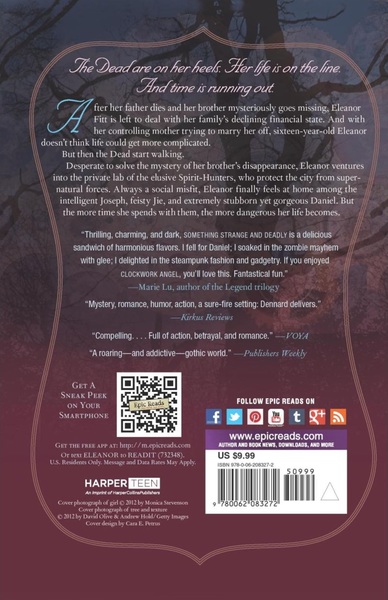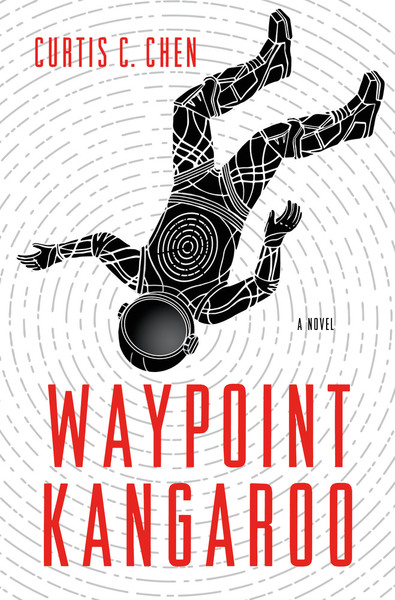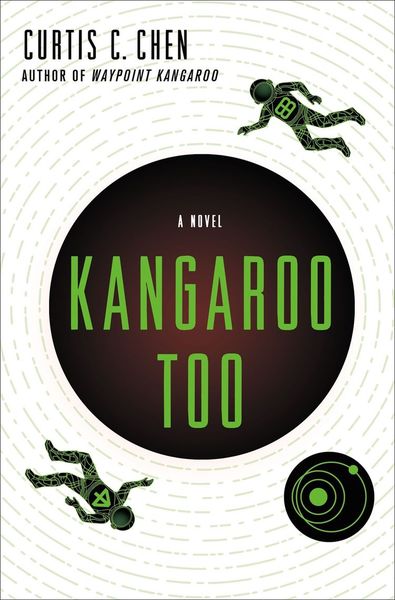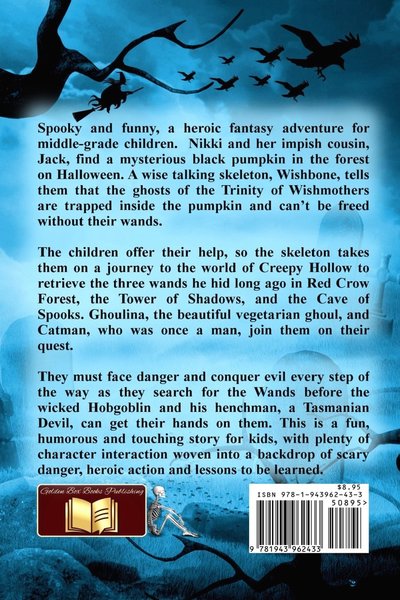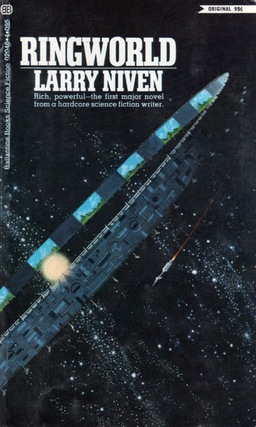Modular: Adventuring in Dangerous Terrain – Frog God Games’ Perilous Vistas
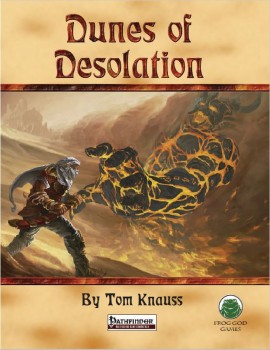 Back in 3rd Edition D&D, there were five supplements that fell under the ‘Environmental Series’ category (I’d argue it should only be the first three, but I don’t make that decision):
Back in 3rd Edition D&D, there were five supplements that fell under the ‘Environmental Series’ category (I’d argue it should only be the first three, but I don’t make that decision):
- Sandstorm: Mastering the Perils of Fire & Sand (Bruce R. Cordell)
- Frostburn: Mastering the Perils of Ice & Snow (Wolfgang Baur)
- Stormwrack: Mastering the Perils of Wind and Wave (Richard Baker)
- Dungeonscape: An Essential Guide to Dungeon Adventuring (Jason Buhlman)
- Cityscape: A Guidebook to Urban Planning (Ari Marmell & C.A. Suleiman)
It’s not uncommon to hear one of those books cited as a favorite by players from that era. They gave Dungeon Masters lots of material to incorporate into their adventures. Necromancer Games (who you read about here, right?) added to the concept with Glades of Death (a wilderness book) and Dead Man’s Chest (sea adventuring).
The concept has been continued by Frog God Games (surely you read this post about them!) for Pathfinder, Swords & Wizardry and 5th Edition D&D under the moniker, Perilous Vistas. Along with an updated Dead Man’s Chest, there have been four releases so far, all written by Tom Knauss:
Dunes of Desolation (Deserts)
Fields of Blood (Plains)
Marshes of Malice (Wetlands)
Mountains of Madness (Mountains)
The fifth installment, Icebound (Frozen Wastes), is in the works!
The general idea is that if the Dungeon Master wants to infuse some atmosphere and environment into the adventure, these supplements provide a myriad of options. Sure, they can just have the party get to the abandoned fort in the desert, or have them uneventfully move through the mountains to the deserted abbey or the monster-infested dwarven hall. Some folks like to just get to the dungeon crawl and start hacking away. That’s fine.
